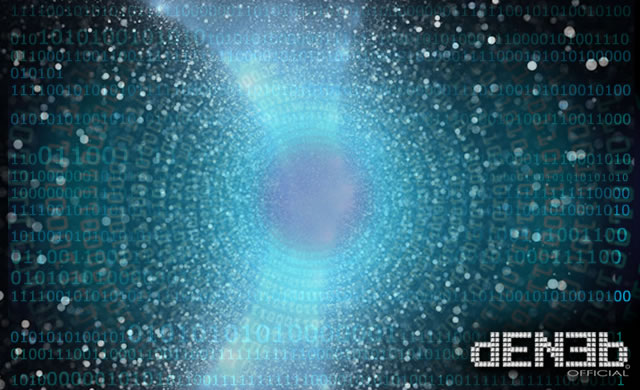
I ricercatori della University of Technology di Delft, nei Paesi Bassi, sono riusciti a portare due elettroni, tre metri l’uno dall’altro, in uno stato di entanglement quantistico. Questo risultato segna un importante passo verso la realizzazione di una rete quantistica che può essere utilizzata per collegare i futuri computer quantistici e per inviare informazioni in modo del tutto sicuro per mezzo del ‘teletrasporto’.
I risultati sono stati pubblicati online il 24 aprile su Nature. L’entanglement è probabilmente la conseguenza più intrigante delle leggi della meccanica quantistica. Quando due particelle sono in stato di entanglement, (letteralmente intrecciate fra loro), le loro identità si fondono: il loro stato collettivo è precisamente determinato, ma l’identità individuale di ciascuna delle particelle è scomparsa. Le particelle correlate si comportano come una, anche quando sono divise da una grande distanza. Einstein dubitò di questa previsione, che chiamò ‘azione spettrale a distanza’, ma gli esperimenti hanno dimostrato la sua esistenza. Gli stati cosiddetti “entangled” sono interessanti per i computer in quanto consentono un enorme numero di calcoli da eseguire simultaneamente. Un computer quantistico con 400 unità di base (“bit quantistici”) potrebbe, ad esempio già elaborare più bit di informazioni contemporaneamente, che quanti sono gli atomi nell’universo. Negli ultimi anni gli scienziati sono riusciti a mettere bit quantistici all’interno di un singolo chip. Ora, per la prima volta, questo è stato realizzato con successo con i bit quantistici posti in diversi chip.
Researchers at TU Delft in the Netherlands have managed to bring two electrons, three meters from each other, into a quantum- entangled state. This result marks a major step towards realizing a quantum network that can be used to connect future quantum computers and to send information in a completely secure way by means of ‘teleportation’.
The results have been published online on April 24 in Nature. Entanglement is arguably the most intriguing consequence of the laws of quantum mechanics. When two particles become entangled, their identities merge: their collective state is precisely determined but the individual identity of each of the particles has disappeared. The entangled particles behave as one, even when separated by a large distance. Einstein doubted this prediction, which he called ‘spooky action at a distance’, but experiments have proven its existance. Entangled states are interesting for computers as they allow a huge number of calculations to be carried out simultaneously. A quantum computer with 400 basic units (‘quantum bits’) could, for example, already process more bits of information simultaneously than there are atoms in the universe. In recent years, scientists have succeeded in entangling quantum bits within a single chip. Now, for the first time, this has been successfully achieved with quantum bits on different chips.
Source/Continue reading → Phys.org





















